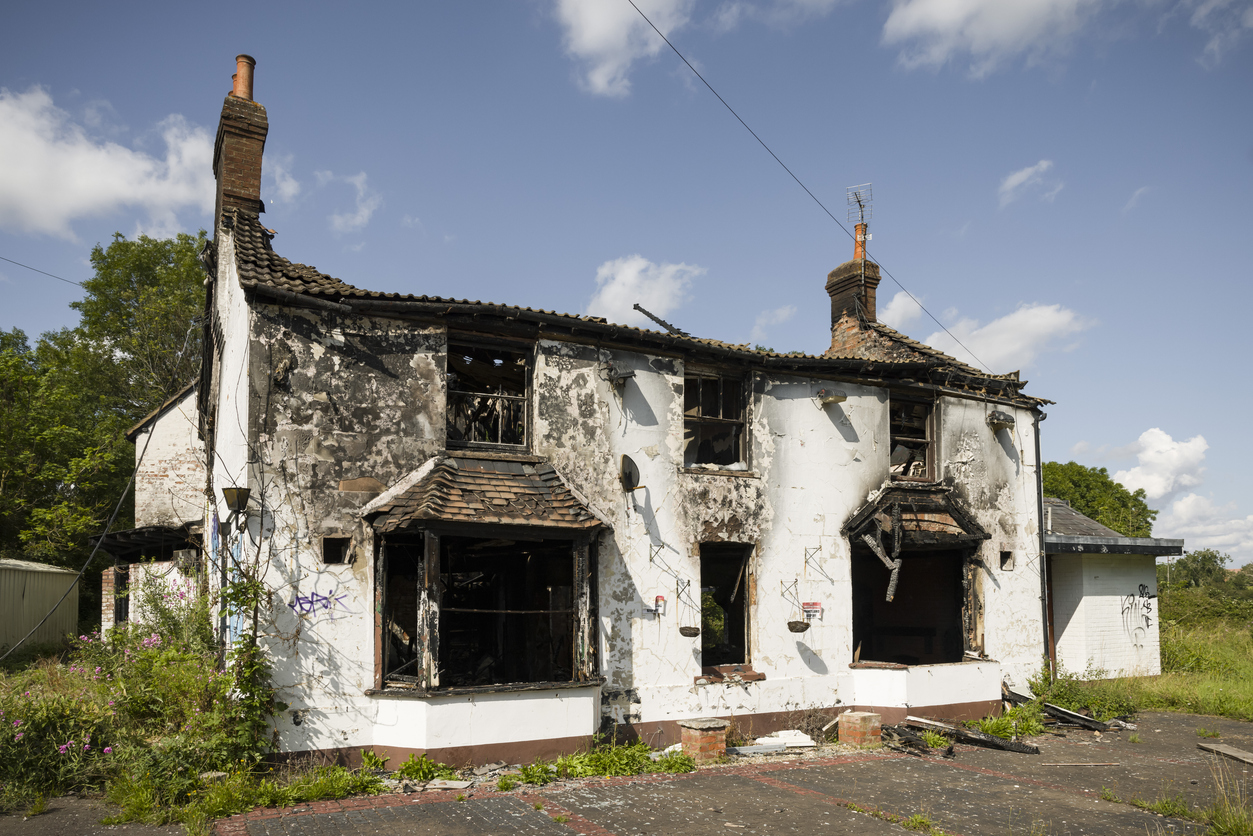The Ultimate Guide to Storm Damage Roof Repair: Everything You Need to Know
Storms can cause significant damage to homes, especially to the roof, which is the primary shield against severe weather. When a storm hits, addressing storm damage repair promptly is critical to avoiding more extensive, long-term issues. This guide covers everything you need to know about identifying roof damage, navigating the repair process, and taking preventive measures to protect your home from future storms.
What Causes Storm Damage to Roofs?
Roofs can sustain damage from various elements during storms. Understanding the different types of storm damage roof repair can help you determine the best approach to fixing it.
Common Causes of Roof Storm Damage
- High Winds: Strong winds can tear off shingles or leave parts of the roof vulnerable to leaks and water damage.
- Hail: Hailstones can cause dents in shingles, creating small openings that allow water to seep into the roof structure.
- Heavy Rain: Rain can lead to leaks, and without prompt repair, this moisture can result in mold growth and structural deterioration.
- Fallen Debris: Tree branches and other debris may puncture or crack the roof, leading to serious damage that requires immediate attention.
If you spot any of these types of damage after a storm, it’s important to start the repair process as soon as possible to prevent the issue from escalating.
Inspecting Your Roof After a Storm
The first step in addressing storm damage restoration is a thorough inspection of your roof. Here’s how to safely assess the damage:
- Visual Inspection: From the ground, look for missing shingles, damaged flashing, or visible gaps in the roof. Also, inspect the gutters for shingle granules, which indicate wear and tear.
- Check for Leaks: Inside your home, look for water stains on the ceiling or walls, as these can point to a leaky roof.
- Debris Check: Remove any branches or debris from the roof, as they can worsen the damage or block your view of underlying issues.
- Professional Assessment: For a more detailed inspection, consider hiring a roofing contractor or public adjuster to ensure no damage goes unnoticed.
A professional can give you a clearer understanding of the repairs needed and work with your insurance company to get you the coverage you deserve. If you’re in Florida, consider working with Care Public Adjusters in Florida for expert assistance in filing claims and assessing damage.

The Storm Damage Roof Repair Process
Once you’ve identified the damage, it’s time to start the repair process. Depending on the severity of the storm damage, your roof might need minor repairs or a complete replacement.
1. Temporary Measures
In the immediate aftermath of a storm, apply temporary fixes, such as tarps or roof patches, to prevent further water damage. Quick action can save you from long-term problems like mold growth or ceiling collapse.
2. Filing an Insurance Claim
After storm damage, you’ll likely want to file an insurance claim. Document the damage with photos and written notes. Insurance companies often require proof, and providing thorough evidence will help maximize your compensation. You can hire a public adjuster, like those who specialize in Hurricane Damage Claims, to ensure that your claim is handled correctly.
3. Hiring a Roofing Contractor
Next, hire a licensed and insured roofing contractor to handle the storm damage roofing repairs. They will:
- Conduct a full inspection to determine the extent of the damage.
- Provide a detailed estimate.
- Repair or replace damaged shingles, flashing, and underlayment.
- Ensure that your roof is compliant with local building codes and standards.
Choose a contractor experienced with storm damage repairs to ensure your roof is restored to its original condition or better.
4. Full Roof Replacement (if necessary)
In cases of severe damage, especially if your roof is nearing the end of its lifespan, a full replacement might be necessary. A roof replacement is a significant investment, but it can protect your home from future storms and save you from repeated repairs.
Storm Damage Cleanup and Prevention
After your roof is repaired, it’s crucial to clean up the debris left behind by the storm. Additionally, there are steps you can take to protect your roof from future storms.
Storm Damage Cleanup Tips
- Remove All Debris: Clear fallen branches, leaves, and other materials from your roof to prevent blockage in gutters and downspouts.
- Gutter Maintenance: Clean out your gutters to ensure proper water flow, which can prevent water buildup that leads to leaks.
- Inspect for Hidden Damage: Sometimes, roof damage isn’t immediately visible. Check your attic for water spots, mold, or structural weaknesses.
Preventing Future Storm Damage
- Regular Inspections: Have your roof inspected at least twice a year and after major storms. Catching minor issues early can prevent costly repairs.
- Trim Trees: Keep nearby trees trimmed to prevent branches from falling on your roof during a storm.
- Upgrade Materials: If you live in an area prone to severe weather, consider upgrading to impact-resistant shingles or metal roofing. These materials are designed to withstand heavy winds, hail, and debris.
- Roof Reinforcement: For added protection, reinforce your roof’s structure with high-quality materials that are designed to last longer and endure harsher conditions.
The Role of Public Adjusters in Storm Damage Claims
Dealing with the aftermath of a storm can be overwhelming, especially when it comes to navigating the complexities of insurance claims. This is where a public adjuster can be invaluable. Public adjusters work on behalf of homeowners to ensure that their insurance claims are processed fairly and that they receive the maximum compensation for repairs.
If you’re unsure about how to handle your claim, consider consulting Care Public Adjusters in Florida. They can guide you through the process and help you recover the full value of your storm damage claim.
Conclusion
Storm damage to your roof can be devastating, but with prompt action and the right knowledge, you can restore your roof and protect your home from future storms. Start by conducting a thorough inspection, documenting the damage, and filing an insurance claim. Hiring a professional roofing contractor is key to ensuring that your roof is repaired or replaced properly.
Don’t hesitate to seek professional help when navigating the claims process. Public adjusters, especially those experienced in Hurricane Damage Claims, can provide valuable support and ensure that you get the compensation you need to restore your home.
Take preventative measures like regular inspections, trimming nearby trees, and upgrading to durable materials to minimize the risk of future damage. With the right approach, you can ensure that your roof stands strong, no matter what the weather brings.
